Board management tools are virtual platforms used to collaborate on matters of strategic importance such as drafting policies, hiring executives, and more. Unlike sharing files through emails they provide greater security and control over meetings, collaborations, as well as communication with other stakeholders. They also help streamline the process for each task as well as document.
Board members have central access to meeting materials, messages from fellow directors and organizational policies, their assignments and more on the same platform. They can quickly create agendas and set up meetings in minutes. They can reduce time by not having to coordinate meetings with a secretary, or send emails back and forth. Communication with other board members as well as central access to meeting materials aids to prepare ahead of time for meetings.
Furthermore, the software provides the security and safety to store documents. This includes financial reports and http://boardmeetingsoftware.blog/ legal reports. They could also be fact sheets committee reports, reports from committees or reports from the legal department. The system can also be used to monitor the process of documents and distribute board materials regularly. It is also able to allow administrators to monitor who directors have read the documents and which ones have not. This allows them to keep the board updated and informed constantly, which is particularly important in periods of crisis or changes in leadership.
It’s essential to select a board management software that’s customized to your business’s specific needs. It could result in frustration and resistance among board members, who could find it difficult to use the new tool or have difficulty integrating it into existing workflows. In the beginning, solicit input during the selection of products and research process. Make sure that all stakeholders know that the new technology will be a critical element of the digital transformation plan.

